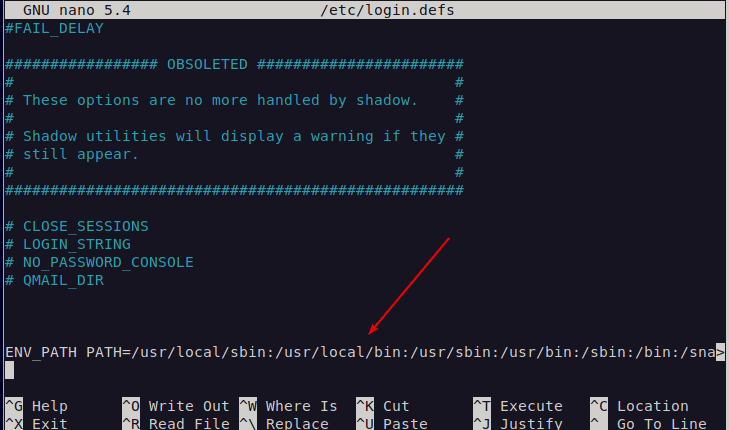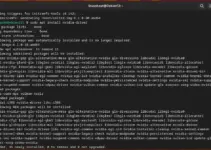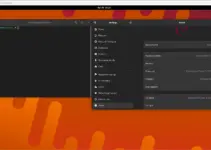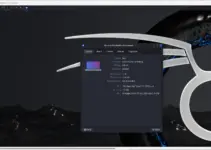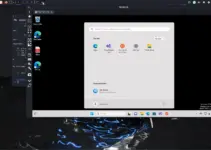Here is the guide to learning the simple steps for the installation of PyCharm on Debian 11 Bullseye Linux using the command terminal.
PyCharm is a Python development environment with code completion, code analysis, refactorings, and debuggers. It is open-source and distributed under the Apache license. Apart from the free community edition, there is also a paid Professional Edition. The latter (paid one) also supports the web frameworks Django, Pyramid, Flask, and web2py, Google’s Platform as a Service App Engine, and the object-relational mapper SQLAlchemy.
Steps to install PyCharm on Debian 11 Bullseye
Well, there are two easy ways to use the command terminal and install JetBrain’s PyCharm on Debian 11 Bullseye. Here we will show them.
#1st method using Tarball file
Download PyCharm Linux edition
Open your browser and visit the PyCharm Download page to get the latest available version of IDE on your Debian Linux. Just hit the download given under Community and save the Tarball file.
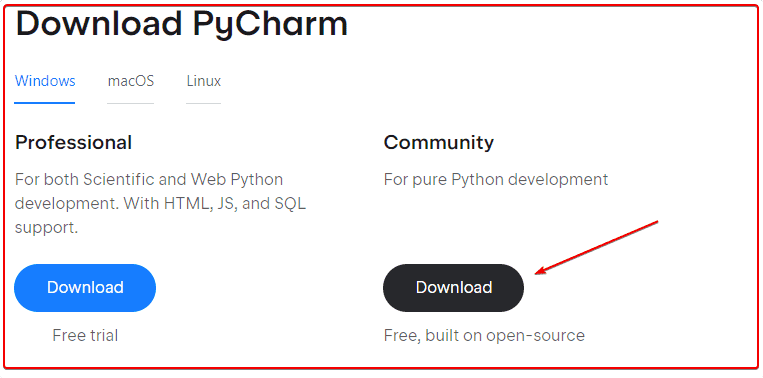
Open Debian 11 command terminal
Next, go to the Application launcher and find your system’s command terminal app. Once you opened it switch to the Downloads directory. Whatever we get from the browser by default goes into it.
cd Downloads
to check whether the downloaded file is there or not, use:
ls
Extract the PyCharm Tar file and move it to /opt
The file will be in Archived form, hence first we need to extract it to access the files meant for installing this open-source IDE on Debian 11.
mkdir pycharm && tar -xvf pycharm-community-*.tar.gz -C pycharm --strip-components 1
sudo mv pycharm /opt/
Start PyCharm on Debian 11 bullseye
Now, that we have configured the folder, let’s run the script present inside the extracted and moved folder of PyCharm to trigger it and get the GUI of this python IDE to work.
sh /opt/pycharm/bin/pycharm.sh
Well, we can start the IDE graphical user interface using the above command. But to make it a little bit more easy let’s create its command line, desktop, and launcher shortcuts.
Create Command line and Desktop shortcuts
To directly start the PyCharm from your command terminal, use the following command. It will add its folder to your system path.
For CLI:
echo 'export PATH="$PATH:/opt/pycharm/bin"' >> ~/.bashrc
source ~/.bashrc
Now, you can simply type in your terminal the below command to start PyCharm IDE.
pycharm.sh &
For Desktop and Launcher shortcut
nano ~/Desktop/Pycharm.desktop
Now, Copy-Paste the following code in the file:
[Desktop Entry] Version=1.0 Type=Application Name=Pycharm Comment=IDE Exec=/opt/pycharm/bin/pycharm.sh Icon=/opt/pycharm/bin/pycharm.png Terminal=false StartupNotify=false
Save the file Ctrl+O, hit the Enter Key, and then exit the file using Ctrl+X.
Make the Desktop shortcut executable.
chmod u+x ~/Desktop/Pycharm.desktop
Copy the shortcut to the Application launcher as well:
sudo cp ~/Desktop/Pycharm.desktop /usr/share/applications/
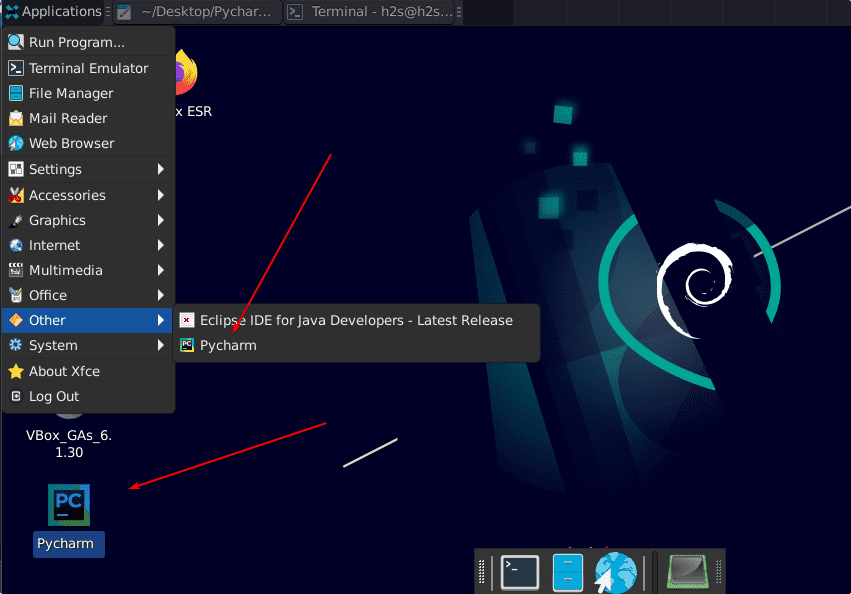
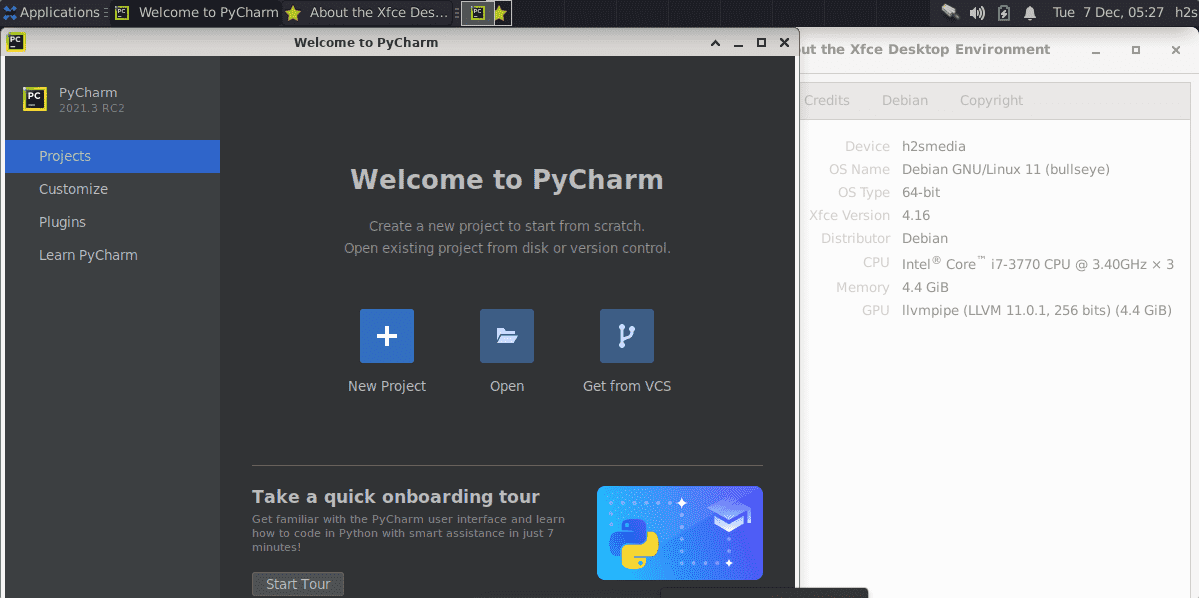
#2nd Method using SNAP
Install Snap on Debian 11 Bullseye
Well, if you don’t want to go through all the above steps then use SNAP. It is one of the easiest ways to install PyCharm on your Debian 11 Linux. However, SNAPD must be enabled on your system first.
sudo apt update sudo apt install snapd sudo systemctl enable snapd --now sudo ln -s /var/lib/snapd/snap /snap
Install PyCharm on Debian 11 Bullseye using Snap
For community edition
sudo snap install pycharm-community --classic --edge
For Educational edition
sudo snap install pycharm-educational --classic --edge
The command for Professional (paid)
sudo snap install pycharm-professional --classic --edge
To run the IDE application the command is:
snap run pycharm-community
Note: Snap graphical icon not showing in Debian
In case even after installation through SNAP, the shortcut icon of PyCharm is not showing in the application launcher, follow the given commands/steps.
sudo ln -s /etc/profile.d/apps-bin-path.sh /etc/X11/Xsession.d/99snap
sudo nano /etc/login.defs
Paste the following at the end of the file:
ENV_PATH PATH=/usr/local/sbin:/usr/local/bin:/usr/sbin:/usr/bin:/sbin:/bin:/snap/bin
Save the file Ctrl+O, hit the Enter key, and exit it- Ctrl+X.
Log out and log in again to your system
To remove or uninstall
In case you didn’t want this software anymore, then use the command to remove the same:
sudo snap remove pycham-community
Replace the community with other versions, if you have installed them.
More Tutorials:
• Install Python 3. x or 2.7 on Debian 11 Bullseye Linux
• 2 Ways to Install Eclipse IDE on Debian
• How to Enable SSH on Debian 11 Bullseye
• Install PuTTY on Debian 11 Bullseye
